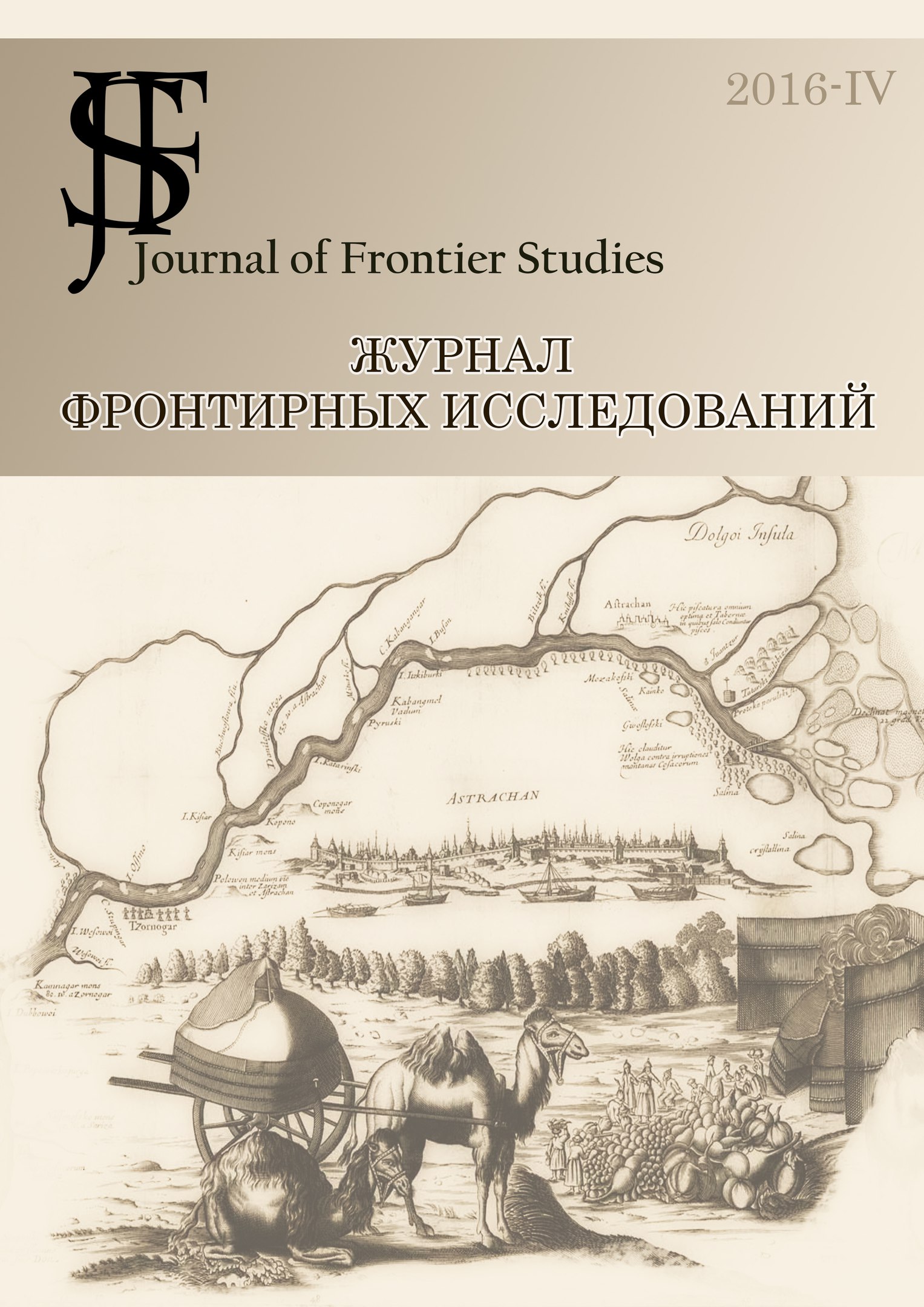Abstract
Article is devoted to the analysis of features of integration of the kalmyk population into a system of law of the Russian Empire at the end of XVIII– the first half of the 19th century.
After liquidation of statehood of the kalmyk people by the Russian government work on implementation of the principles of the organization and functioning of system of the Russian legal proceedings in the territory of the Kalmyk steppe was begun. Attempts of maintaining the local (national) legislation in single legislative space of the country came to the end with the fact that cognizance of affairs was changed and powers on their consideration are actually redistributed. Gradual distribution Russian led the legislation in national legal proceedings to reducing the list of the cases considered under ancient Kalmyk laws. Despite it, the court practice entered in the territory of the Kalmyk steppe allowed to consider social life and life of kalmyks, specifics of national mentality and feature of sense of justice.
When preserving separate local traditional structures and institutes of the power in the Kalmyk steppe the role of the Russian officials more and more amplified, and courts were under tough supervision of administration.
Essential minus of this process was the fact that new orders were entered from above and had artificial character. The Kalmyk sense of justice remained the same and couldn't exchange as quickly as that was wanted by the government. New legal proceedings began to have formal character, and the Russian courts, to competence which a considerable part of the Kalmyk cases was referred, needed reforming. Process of integration proceeded rather difficult and to the middle of the 19th century wasn't complete. It led to the fact that in all uluses there was various practice concerning legal proceedings and cognizance the ulusnykh Zargo, and Kalmyks lost any trust to the court performing legal proceedings under the Russian laws, and the judges who didn't have practical experience of the appeal to regulations of the Kalmyk common law.
References
ГААО (Государственный архив Астраханской области) Ф. 1, Оп. 11, Д. 505,
Команджаев, А.Н. (2010) Законодательство калмыцкого кочевого общества XVIII-XIX вв. в системе российского права. Вестник Прикаспия: археология, история, этнология, №.2, стр. 166-171.
Максимов, К.Н., (2002) Калмыкия в национальной политики, системе власти и управления России (XVII в. – XX в.). М.: Наука. 524 с.
Плюнов, Ф.И. (1922) Административное устройство, суд, сословные отношения, права и повинности калмыков по Положению 1847 года. Ойратские известия. № 3-4, стр.59-65.
ПСЗ РИ (полное собрание законов Российской империи) (1830) Собрание 1-е. Т. 40. № 30290. СПб.: Типография II Отделения Собственной Е.И.В. Канцелярии.
ПСЗ РИ (1834) Собрание 2. Т.10. Прибав. к Т. IX № 7560а. СПб.: Типография II Отделения Собственной Е.И.В. Канцелярии.
ПСЗ РИ (1847) Собрание 2-е. Т. 22. № 21144. СПб.: Типография II Отделения Собственной Е.И.В. Канцелярии
РГИА(Российский государственный исторический архив) Ф. 1405, Оп. 93, Д. 10952.
РГИА, Ф. 1405, Оп. 93, Д. 10967.
Якушенков, С.Н., Якушенкова, О.С. (2016) «Власть земли»: формирование новой инаковости в условиях фронтира. Журнал Фронтирных Исследований, № 1, стр. 9-21.

This work is licensed under a Creative Commons Attribution-NonCommercial-NoDerivatives 4.0 International License.

